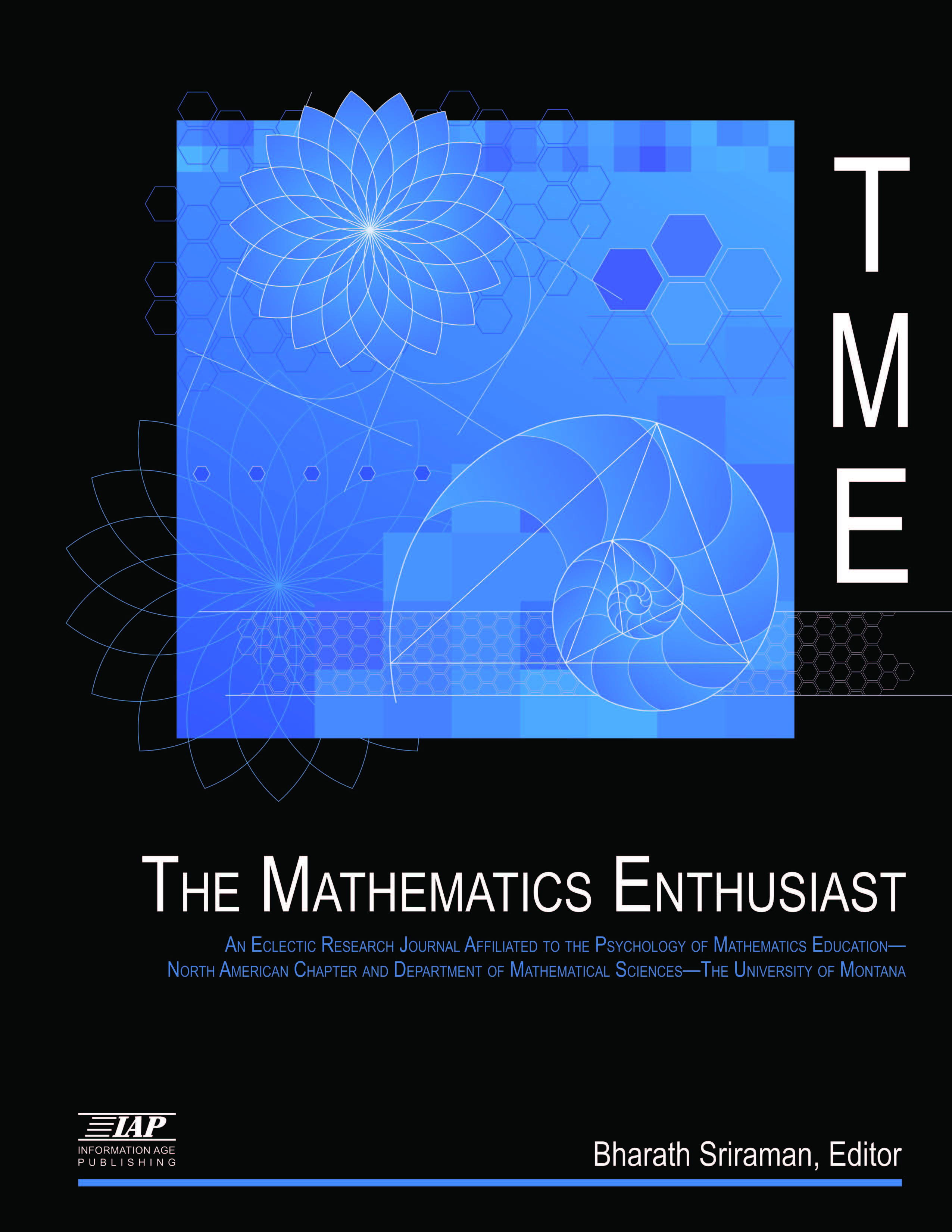
Volume
16
Issue
1-3
Abstract
Creativity is a psychological construct that has gained research popularity (Akgul & Kaveci, 2016), however it remains a challenging one to define. The variety of definitions promulgated to understand creativity hints at the complexity of the mental process. Furthermore, as a subset of creativity, domain-specific mathematical creativity has also garnered a variety of definitions. The transdisciplinary research on creativity (Sriraman & Haavold, 2017) is seminal in this world of fast-paced innovation, invention, solution, and synthesis. Considering every human being with at least average cognitive abilities possesses the ability to think creatively (Baran, 2011), developing students’ creative talents and abilities must be high on a list of educational priorities. Much of the literature surrounding mathematical creative thinking is centered on trying to quantify an individual’s creative thinking abilities. There have also been studies conducted that enabled researchers to describe various traits and demonstrate multiple levels of creativity. The basis of this work will be to synthesize the characteristics of mathematical creativity, analyze the impact of specific teaching approaches on mathematical creativity, and examine the relationship between student affect and mathematical creativity.
First Page
505
Last Page
540
Recommended Citation
Kozlowski, Joseph S.; Chamberlin, Scott A.; and Mann, Eric
(2019)
"Factors that Influence Mathematical Creativity,"
The Mathematics Enthusiast: Vol. 16
:
No.
1
, Article 26.
DOI: https://doi.org/10.54870/1551-3440.1471
Available at:
https://scholarworks.umt.edu/tme/vol16/iss1/26
Digital Object Identifier (DOI)
10.54870/1551-3440.1471
